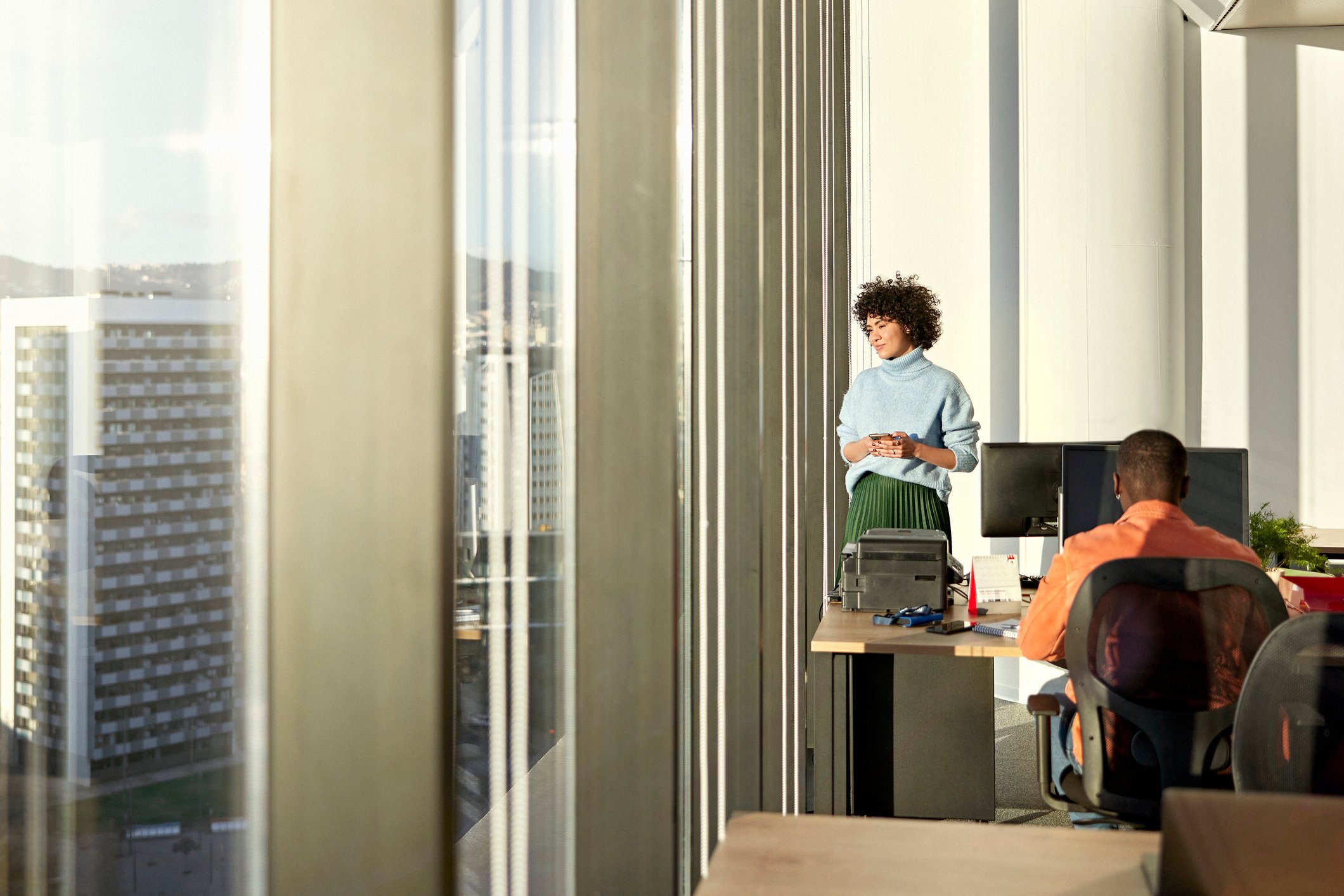Natural lighting is an essential element in everyday and working environments, which not only brings benefits for the health and well-being of the occupants, but also plays a key role in the sustainability of buildings.
In this article, we explore the fundamental aspects of natural lighting in buildings, from the determinants of its presence to its calculation and justification in the context of sustainable building.
Basic aspects of natural lighting in buildings
The amount of natural light present in our living and working spaces is determined by several key factors. Among the most important are:
1. The orientation of the building
The layout of the building with respect to the cardinal points determines the amount of natural light that each area receives. Generally, a southern orientation is sought for daytime areas such as living and dining rooms to maximise exposure to sunlight.
In contrast, nighttime areas, such as bedrooms, can be oriented towards other cardinal points to minimise exposure to direct sunlight during these hours.

Orientation of rooms according to sunlight. Source: Rictectura
2. Adjoining and surrounding buildings
The buildings or infrastructures that are in the vicinity of the building will also influence the natural light that the building receives. The presence of tall buildings or other nearby elements can block or filter natural lighting, thus affecting interior lighting.
3. The finishes of the building
The materials used in the building construction, including interior finishes and window types, play a significant role in the distribution of natural light inside the building, as they determine the reflectance index of the interior. Light-coloured finishes allow for greater reflectance of natural light in interior spaces, thus contributing to better natural lighting.
Calculation of natural lighting
In the field of architecture, the standard unit of measurement for analysing lighting is the lux. In general, to ensure the comfort of the building occupant, it is recommended to comply with the lighting parameters established by regulations such as the Regulation of Thermal Installations in Buildings (RITE), the Technical Building Code (CTE) and the specifications of sustainability certifications such as LEED, BREEAM and WELL.
In terms of natural lighting, a minimum of at least 300 lux is usually set in occupied areas, while for artificial lighting the figure is usually at least 500 lux.
To achieve these parameters, we must configure the geometry of the building in the design phase as intelligently as possible and from the early stages of the project.

Another fundamental aspect of natural lighting that we must take into account when designing sustainable buildings is that lighting is still solar radiation, so we also do not want there to be overexposed spaces of sunlight, as this will influence the thermal behaviour of the building, which will require the cooling systems to work much more and the costs and emissions derived from that operation will be higher.
Study of natural lighting in Sustainability Certifications (Daylight)
Sustainability certifications such as LEED, BREEAM, WELL or VERDE incorporate specific criteria to assess the quality and efficiency of natural lighting in buildings. Two main aspects analysed in this context are:
Average autonomy (SDA)
This indicator represents the percentage of occupied areas that meet the minimum natural lighting standard (300 Lux). It seeks to ensure that the majority of interior spaces receive an adequate amount of natural light to meet the needs of the occupants.
In the case of the VERDE certification, this indicator is called DF.
.png?width=700&height=471&name=Daylight%20(SDA).png)
Average autonomy results (SDA) in lux
Solar Overexposure (ASE)
Also known as glare, ASE refers to the prevention of overexposure levels that may cause visual or thermal discomfort to occupants. Sunlight protection measures, such as eaves or curtains, are implemented to avoid overexposure and maintain a comfortable and energy efficient indoor climate. If this protection system is external, it will also regulate the temperature and make the building heat up less, as the radiation that touches the envelope will already be reduced. On the other hand, with interior measures like curtains, we will not prevent that heat from entering and it will already be inside the building.
.png?width=700&height=465&name=Daylight%20(ASE).png)
Results of sunlight overexposure (ASE) in lux
As a general rule, sustainability certifications require not exceeding 20% of the occupied area of the building with values higher than 3,000 lux.
In these types of lighting studies, known as Daylight, rooms without occupants, such as storerooms or rooms for occasional use, are not analysed. The building is modelled in software like Revit and a plan view visualization is obtained of how natural light falls on each room. The areas where more than 3,000 Lux are exceeded are marked in yellow, that is, ASE zones, while the areas where 3,000 Lux are not reached are marked in red.
Each sustainability certification requires specific aspects. The aim is to improve the building's geometry not only in Daylight but also in thermal comfort. In the Daylight studies, possible problematic areas are analysed and a consultation is carried out in terms of lighting and heating. It is sought that the design of the building be optimal to function in the most sustainable way possible.
Commissioning and follow-up with the building already constructed
Once the building is constructed, it is crucial to perform a final verification to ensure that the natural lighting meets the expectations set during design as part of the commissioning process. For this purpose, measuring devices such as lux meters are used to assess the amount of daylight in different areas of the building.
In the case of office buildings, natural lighting sensors and dimmers are usually installed within the first three meters from the building's facade. These sensors allow adjusting artificial lighting based on the available natural light, which contributes to greater energy efficiency and cost savings over time. Additionally, the implementation of intelligent lighting management strategies can be considered to further optimize the energy efficiency of the building.
In short, natural lighting is not only vital for the comfort and well-being of the occupants of buildings, but also plays a central role in the sustainability of buildings.
From the correct orientation to the selection of materials and the implementation of efficient control systems, every aspect influences energy efficiency and the quality of the indoor climate. It is essential that construction professionals consider these aspects at all stages of the process, complying with sustainable regulations and certifications to ensure healthier environments and a reduction in energy use and carbon emissions.


